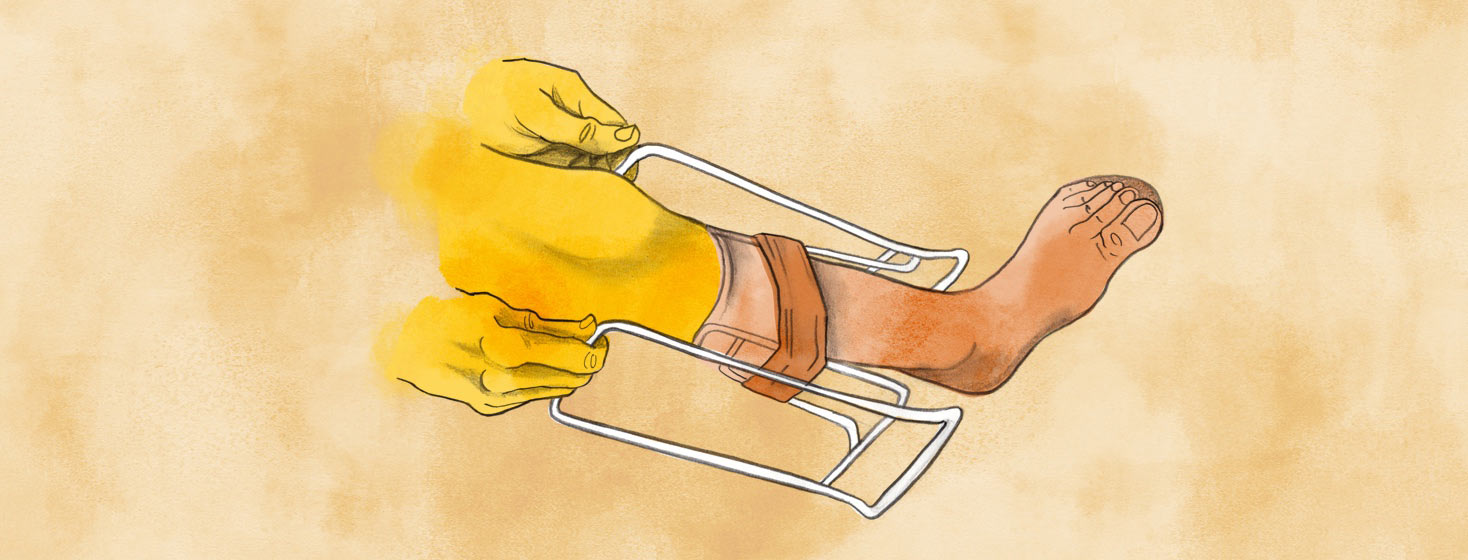One More Thing I Didn’t Know
When we reach a "certain age," we tend to think we know everything we need to know. It may be because we’ve had at least a passing experience with everything life is going to throw at us.
For me, another thing I didn’t know was about compression stockings and aides or tools to get them on.
Using compression socks
Yes, I know compression stockings and Parkinson’s symptoms are not a match. No swelling or edema in any list of Parkinson’s symptoms I’ve seen.
Compression socks are often used in surgeries. They help control blood pressure and prevent swelling in the legs. In addition, they often are described for general swelling and edema in the legs by cardiologists, nephrologists, and neurologists.
My first experience was through hip replacement surgery. When I came out from under anesthesia I found myself wearing thigh high compression stockings and with directions to wear them for 10 days. I soon learned a critical element was not included in my discharge instructions: how to put those stockings back on after a shower!
Struggling to get them on
I struggled, I broke fingernails, I asked my wife for help, I cursed a lot. The one thing I could not do was get those stockings back on. I marveled that the medical staff had ever gotten them on in the first place! Another side effect was the elastic at the top was tight enough to cause wounds in the soft flesh at the back of the knee.
As life moved on, I experienced more opportunities to experience the joys of wearing compression stockings. Now, my cardiologist and nephrologist have "recommended" wearing compression stockings full time.
I struggled with compression stockings everyday as one is not supposed to wear them at night. I was frustrated, still cursing, and still breaking finger nails. My Parkinson’s slowness and lessening of fine motor skills has added even more difficulty.
Finding the right level
My average time to put the stockings on both legs was 30-45 minutes. I just could not bring myself to put the darn things on every day. I bought different brands but the stockings were never remotely easy to get on or off.
In reading the fine print, I found stockings were manufactured to provide different levels of pressure: moderate, moderate to firm, and firm. I, through some mental osmosis, should have known I needed moderate to firm.
Finding out about the pressure ratings helped somewhat. Instructions to roll the stockings up and then roll them on were to little avail as pulling the rollover my foot seemed to require a car jack to initially expand the opening.
Assistive devices
I was complaining about my ordeal to anyone who would listen. My son-in-law, who has Multiple Sclerosis, was recently prescribed support stockings. His physician assistant pulled out a device that appeared to have been made by a mad scientist and demonstrated how to put the stockings on. My son-in-law made a video for me.
I searched on Google and Amazon for compression stockings aids or assistance and I found dozens of devices for help with compression stockings.
I ordered one and reduced the time to put my stockings on to about 10 minutes. Still not in the easy category but I am wearing the dreaded stockings every day.
Two morals to this story:
- Hospital staff and medical office staff should be demonstrating at least 1 of those devices.
- An old dog can still learn new tricks.

Join the conversation